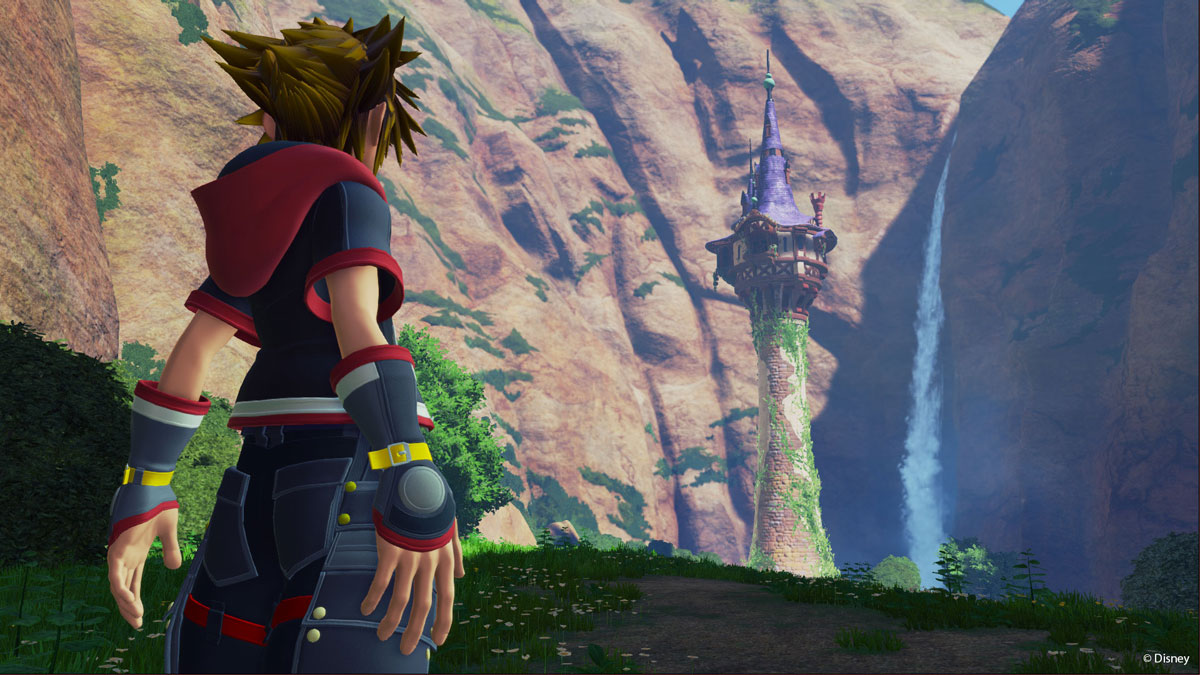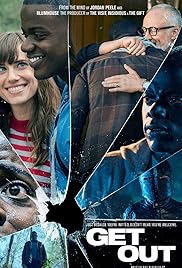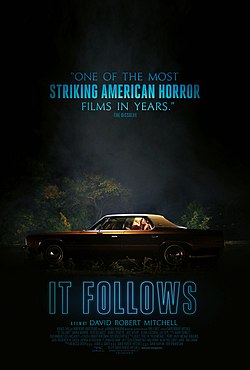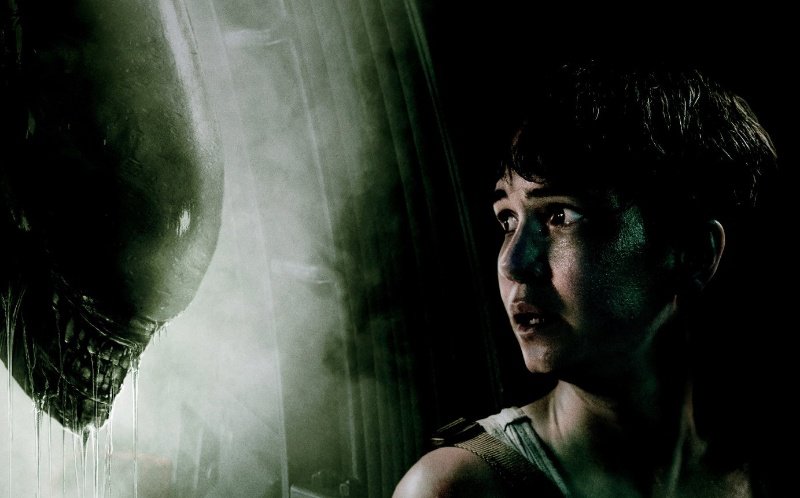"If you are neutral in situations of injustice, you are on the side of the oppressor."
- Desmond Tutu
When I was fourteen years old, I was coerced into my first sexual act by an older boy. When I was fifteen, a family member of my ex boyfriend messaged me on Facebook, asking me to detail my sexual relationship, calling me prude when I did not agree to talk to him about it. When I was sixteen, I was walking alone to meet my friends for lunch in my hometown when a car full of men slowed down to crawl next to me. One of them yelled, "nice shorts, I want to fuck you!" before speeding away. When I was a freshman in college, the president of one of the school's fraternities cornered me during a crowded party with countless bystanders and told me that he wouldn't let me go unless I made out him. Later on, when he tried assaulting my friend, I pulled her away from him, and in the most scathing voice, he whispered, "girls like you are the ones who ruin everything." Just one of the many reasons that I transferred schools. In my junior year, I was getting late-night groceries with a friend, when a total stranger became hostile in an adjacent car in the parking lot, yelling sexual obscenities at us. When I called him a misogynist, he laughed in my face, sardonically, "Ha, that's right. I hate women," and then lowered his voice, "you have no idea what I'm capable of." We waited in that grocery store for an hour before going back to the car.Desmond Tutu
Read more at: https://www.brainyquote.com/quotes/desmond_tutu_106145If you are neutral in situations of injustice, you have chosen the side of the oppressor.
Read more at: https://www.brainyquote.com/quotes/desmond_tutu_106145If you are neutral in situations of injustice, you have chosen the side of the oppressor.
Read more at: https://www.brainyquote.com/quotes/desmond_tutu_106145
I have been frozen in fear when "friends" touched my inner thigh and lower back without my permission. I have had men drunkenly sling me into a headlock and get angry when I tried to slip away. I have had men outright tell me that I am weak, and they could overpower me if they wanted to, even if I had a weapon. I ended a friendship with a man that said he would have fucked my (at the time) underage sister. I have had boyfriends that tried to feel me up when I was crying or inconsolable. I have been grabbed and touched inappropriately in the workplace. A coworker once followed me into an isolated warehouse storage area, yanking my arm and demanding that I go on a date with him. I told one of my female coworkers and she said, "give him a break. He's a single dad. He's a nice guy." I have been stalked on social media by older men from the workplace. I have been called a bitch and a slut for looking at a stranger wrong on the subway, only for a male friend to stand there and say nothing. I have been gas-lighted and manipulated into being silent, turning me into a distrusting and emotionally unhealthy person in relationships, specifically sexual relationships, where I have only in the last year began to recover.
I have been dealing with sexism and sexual assault since I was a teenager. I was a CHILD, whose responsibility was to hide that fear of being blamed and sexualized. Some people knew and judged me, blaming it on my behavioral problems or my rebelliousness, others normalized it, acting as if it was just another one of the wiles of puberty and growing up, and sadly, most people did not know, because I shut them out. I felt disgusting and worthless at that time in my life, and the person who welcomed me with open arms was my abuser, ready to isolate me from my friends and my family, and even cheat for good measure. Because it was not enough to coerce me into sexual acts when I was that young and impressionable. I needed to hate myself too. Just a dash of questioning my entire self-worth for good measure.
I have carried this weight with me for almost ten years. It has taken me that long to do research on gender studies and throw aside my internalized misogyny, but also to rediscover myself, not as a victim, but as a survivor.
When I watched Dr. Christine Blasey Ford speak, I understood her. It's a fear that doesn't go away, even when you're surrounded by people that love you. Even when your current relationship is a healthy one. There is a terrible, lingering feeling that I can't shake-- that I am one of the "lucky ones" because I was not raped by a stranger. Because I am still alive.
In the wake of the Me Too movement, the intellectual cesspool known as the Internet was filled with hot takes and "um, actually"s about sexual abuse. This woman is lying to get attention, they say. That one is lying to ruin his life, chimes another. Why aren't we concerned with how Brett Kavanaugh feels in all of this?
Let me ask: How did a man that told us to grab her by the pussy make it into political office? Scratch that-- how did we let him become the leader of the entire country?
This "locker room talk" as an acceptable idiom--this blind defense of (white) men's innocence and the heralding of their futures as more important than the people they hurt-- it is normalized by our society. THAT is the status quo. Only when the act is so terrible and unavoidable, when there is no excuse or plausible deniability, do we start listening.
I have been afraid for so long, but I will never give up hope. I will never stop challenging this disgusting system that disregards women's health and bodily autonomy. I will never stop pushing to create a world where a board does not look like this:

A dangerous precedent was set today. That board does not speak for me. The government does not have the people's interests in mind; it is all about money and self-preservation. A self-preservation to make this country great again--a country that feeds women and people of color scraps from the table built from our labor. A country whose only hope of ever achieving greatness is to acknowledge its own bloody, imperialistic, oppressive history, and to heal, through empathy, education and understanding--not through nationalism, violence, xenophobia, and bigotry.
Dr. Ford was a high school student. So was I.
Fuck. His. Future.













